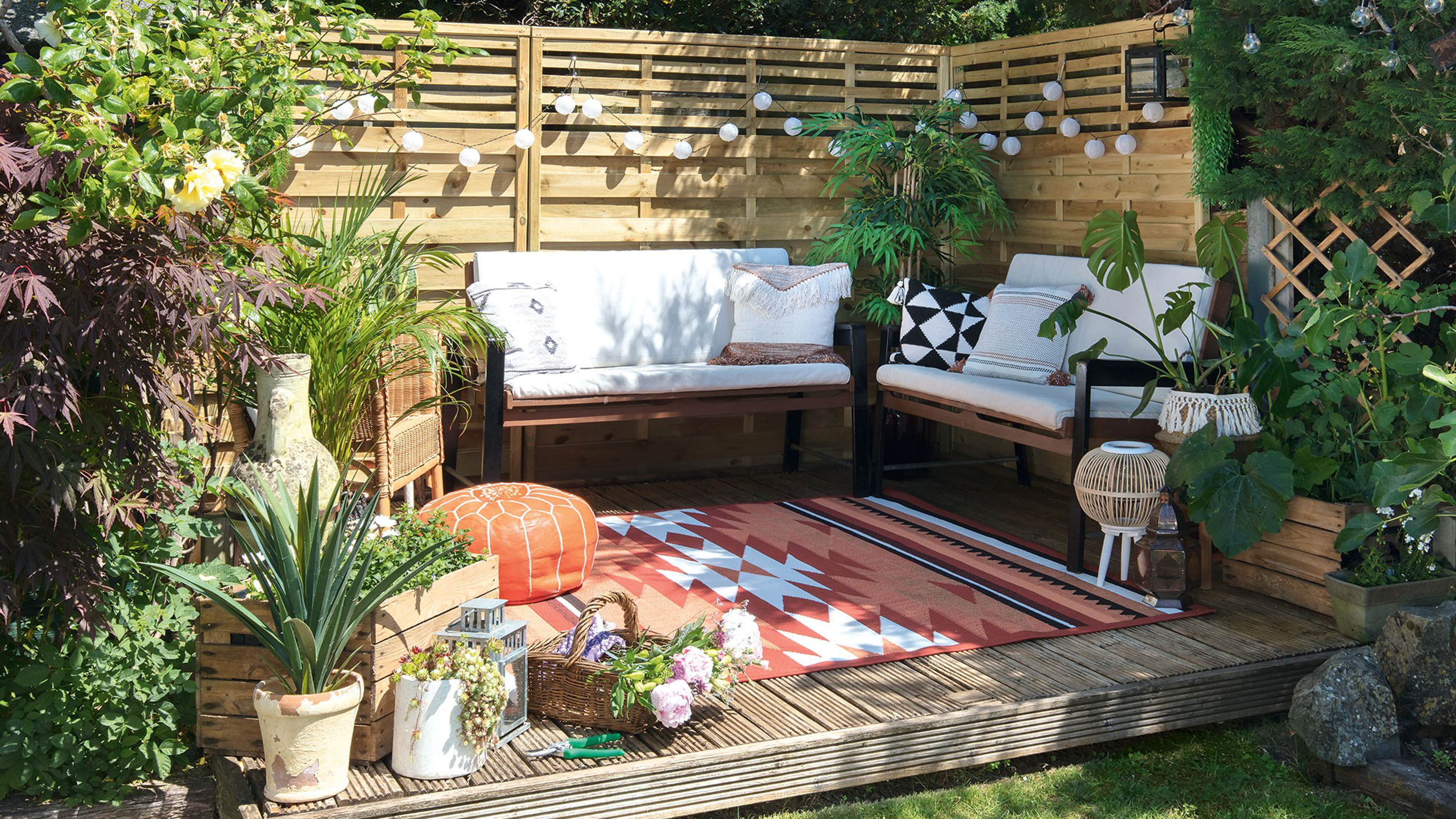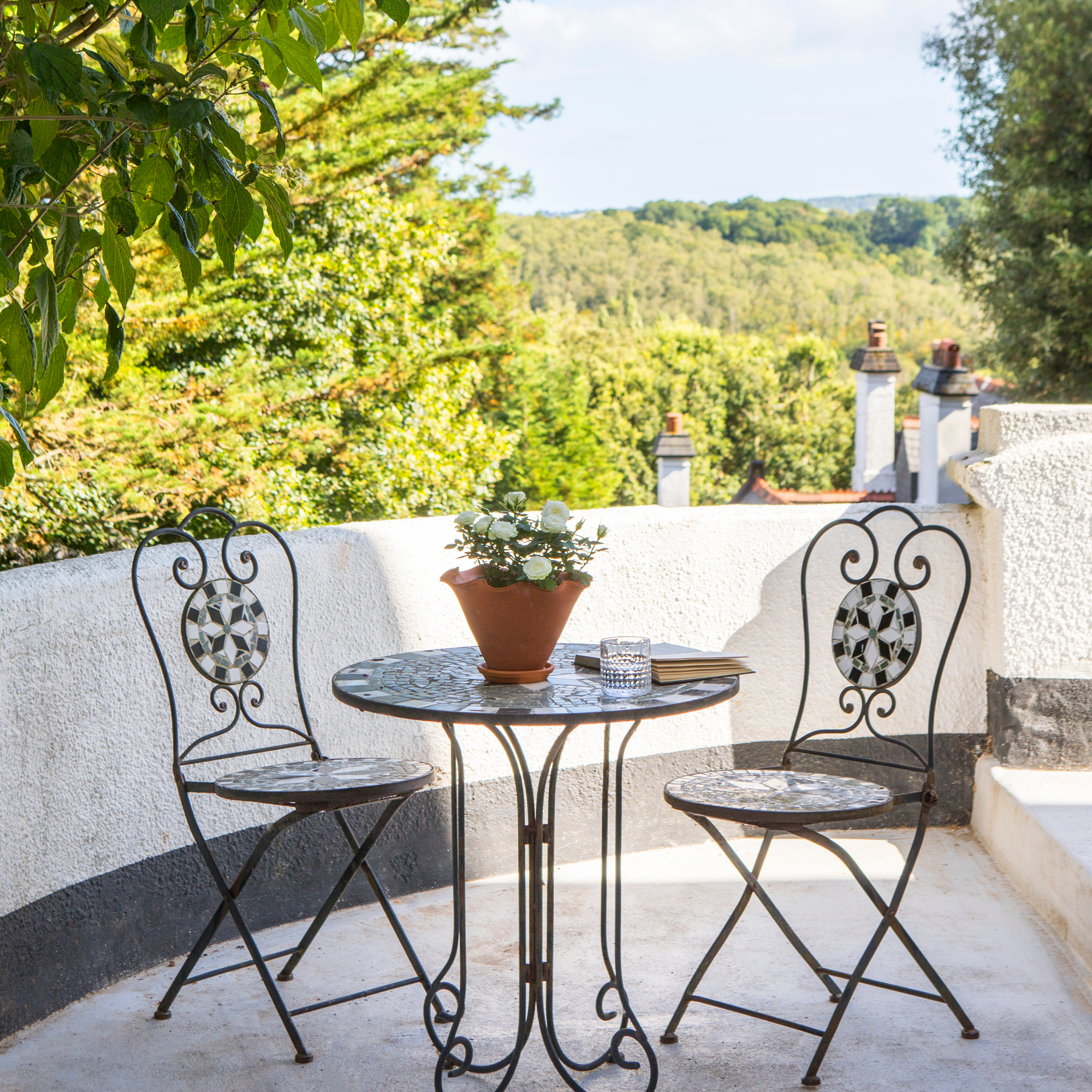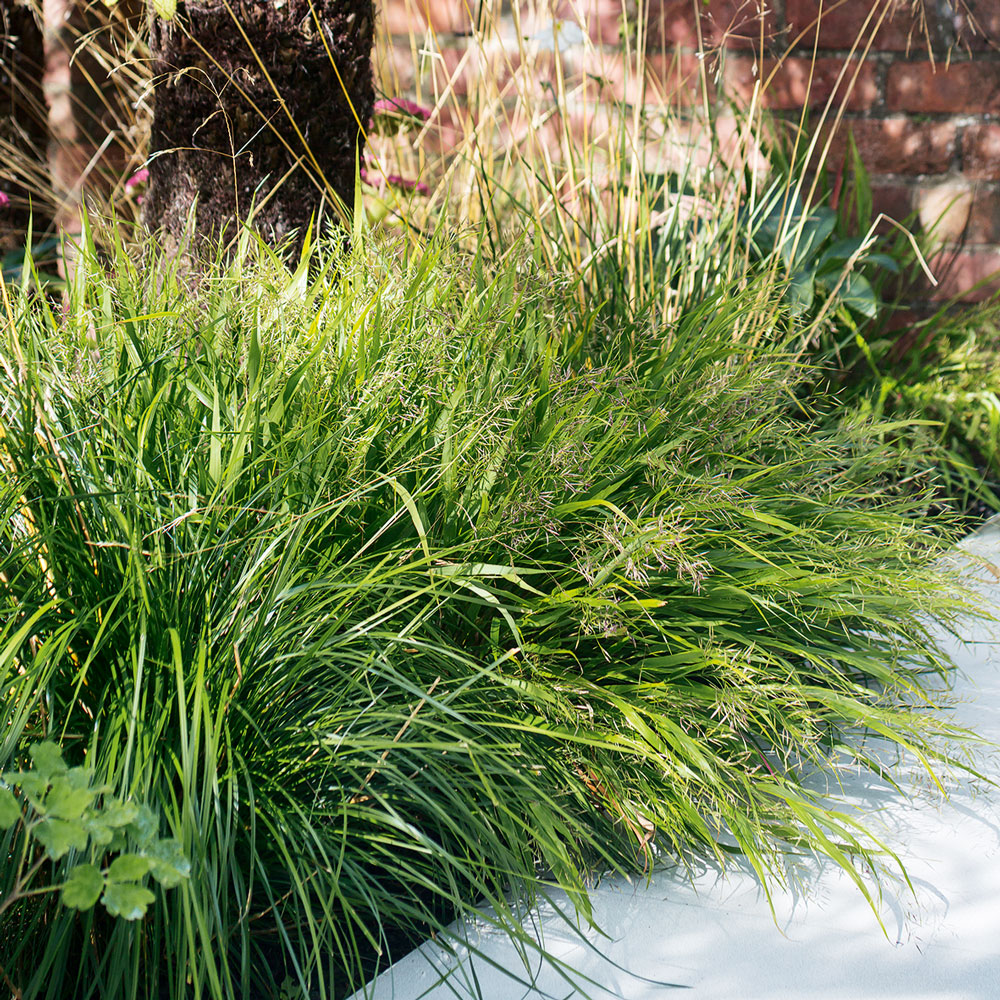Koloniträdgårdar is the Scandi garden trend we’re stealing this summer – here's how to create a serene urban garden even if space is tight
Honestly, this Swedish gardening tip might just be the secret to outdoor bliss…


Koloniträdgårdar is the hot new Scandi garden trend that everyone’s talking about – and it’s inspiring a quiet revolution in how we use our outdoor space.
Yes, if you’ve ever been obsessed with the likes of hygge (pronounced hue-gah), lagom (la-gum), and Abba (ab–bah–ha!) in the past, you’ll likely have been looking to our Scandinavian neighbours for inspiration when it comes to figuring out how to plan a garden.
And, while there are plenty of Scandi garden trends out there already to help you do exactly this, koloniträdgårdar (ko-lo-nee-trade-gor-dar) feels particularly ‘of the moment’ right now. Especially as it helps us elevate and celebrate even the very teeniest of tiny garden spaces.
What is koloniträdgårdar?
Dating back to the turn of the 20th century, koloniträdgårdar (the combination of a garden bed with a small cottage or summer house) were originally designed to give working-class city dwellers a place to grow food and escape the urban crush.
Now, though, these compact plots – often no bigger than 90 square metres – are being embraced by Generation Burnout searching for... well, for calm, connection and creativity.
‘It may relate to the Swedish concept of 'lagom', interpreted as 'the perfect amount – not too much, not too little',’ explains garden designer Annika Zetterman. ‘The size of a small plot may be a pleasure to take care of. A pleasant place to visit for relaxation, rather than pressure and stress.’

Annika Zetterman is a Swedish garden designer and author of the book 'New Nordic Gardens: Scandinavian Landscape Design'. She is also the founder of Zetterman Garden Design, and gives lectures on garden design in both Sweden and abroad.
Annika goes on to explain that one of the defining features of the koloniträdgård is its balance; these tiny oases are productive but not overwhelming, social but private, cultivated yet natural.
Sign up to our newsletter for style inspiration, real homes, project and garden advice and shopping know-how
As such, narrow paths are installed between the plots to encourage chats with neighbours (over coffee, of course; fika is a cherished Swedish tradition), with each mini garden a reflection of its owner's personality.
‘Allotments, in comparison, are often rather large,’ she adds, ‘so with each small space individually created, designed and cherished, it can be an inspiring and refreshing evening walk even for those not owning a space, to follow the seasons, colours, flowers and crops.’

That sense of collective calm isn’t just anecdotal. As Cecilia Stenfors, a psychology researcher at Stockholm University, told The New York Times, 'those who frequently visit green spaces, whether a forest or a koloniträdgård, have better health outcomes, in terms of fewer depressive symptoms, less anxiety, better sleep and fewer feelings of loneliness and social isolation.'
So how can you channel the koloniträdgårdar spirit into your own outdoor space – even if all you have is a balcony or courtyard?
Design for calm, not show
If you want that koloniträdgård feeling, you need to think like a Swede.
As such, Annika recommends treating your small garden like a room, with a floor, walls and an imaginative roof. 'By doing so, you can start looking at structures that are useful for vertical surfaces,' she says.
'Think espaliers, and pergolas, for climbing plants, as well as trees for shade, with canopies higher up than ground-level plants.
Cohesion is key, she adds. 'Be selective and repeat materials, shapes, colours and plants that you use, for balance and a coherent expression.'
Choose soft plants and natural materials

To create that distinctive koloniträdgårdar mood, Annika suggests leaning into ‘light and airy, slender plants, such as ornamental grasses, scabiosa (available at J.Parker's in lots of colours), and campanula (£8.99 for a 9cm pot from Crocus).’ In shady spots, ferns add architectural texture, while birch, pine, syringa and conifers offer seasonal interest and structure.
Materials matter too. Opt for natural finishes (think granite, slate, and untreated wood) and use similar tones and textures throughout to avoid visual clutter.
Make it personal, and purposeful
Koloniträdgårdar aren’t just beautiful, they’re functional. Many include water barrels for rainwater collection (like this lovely water butt from Crocus, £189.99), composting areas, or handmade features like birdbaths.
‘Give thought to your plan,’ says Annika. ‘Take pride in your space, not only for you but for the wider environment. Anything you can do to help wildlife, by choosing plants that give food and shelter.’
Adding a small water feature – even something as simple as a repurposed wine barrel – helps bring movement and peace to the space.
Start simple, stay serene
If you’re new to gardening, or just starting out with a balcony, Annika’s advice is simple: ‘Have in mind to create an understated expression – to be subtle and not for show. Select a natural colour palette... and plants with delicate flowering.’
Selecting some of the UK's most calming plants, too, should ramp up your space's wellbeing points in no time.
FAQs
What are the tiny urban gardens in Sweden?
The tiny urban gardens in Sweden, also known as koloniträdgårdar, are a twist on the traditional allotment; think a tiny garden bed alongside a seating area, in a bid to provide city dwellers access to nature, fresh produce and community.
'Those who frequently visit [these] green spaces … have better health outcomes, in terms of fewer depressive symptoms, less anxiety, better sleep and fewer feelings of loneliness and social isolation,' notes Stockholm University's Cecilia Stenfors to Karuna News.
How to create a wellbeing garden?
You don't need lots of space to create a wellbeing garden. ‘Whether it’s a house plant or herbs on your windowsill, a sunflower in a pot on your door step or a whole garden of fruit and veg, have a go at growing,' says Sam Alford, Eden Project’s Head of Nature Connections.
'Plants lower stress, reduce blood pressure, lift your mood and improve your environment. You’ll help nature, help yourself and, if you join something like the Nature Connections sessions at Eden Project, might meet some new friends along the garden path.'
You don’t have to go big with this trend, or quickly; in the world of koloniträdgårdar, there’s no rush, because these gardens are as much about the process as the result.
Take your time, cultivate a little spot to sit and drink a cuppa by some living plants (ideally edible ones, like herbs), and you’ll be well on your way to that feeling of Scandi wellbeing.

Kayleigh Dray became Ideal Home’s Acting Content Editor in the spring of 2023, and is very excited to get to work. She joins the team after a decade-long career working as a journalist and editor across a number of leading lifestyle brands, both in-house and as a freelancer.